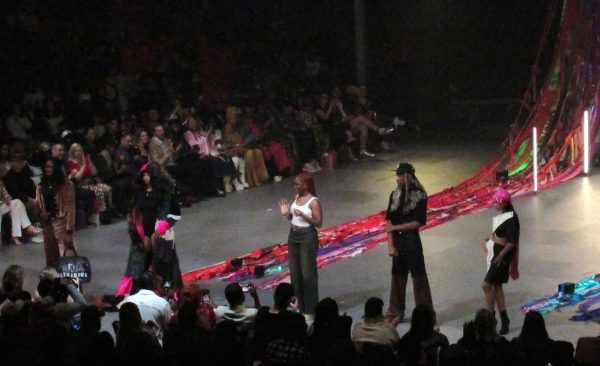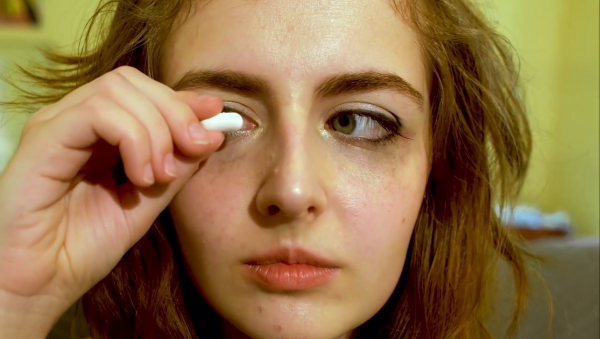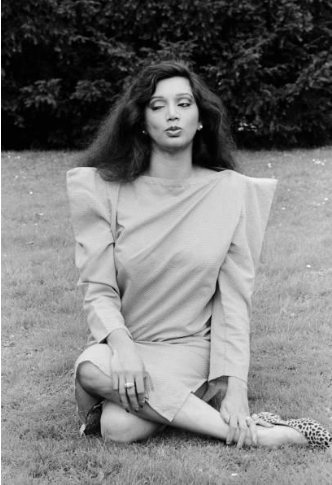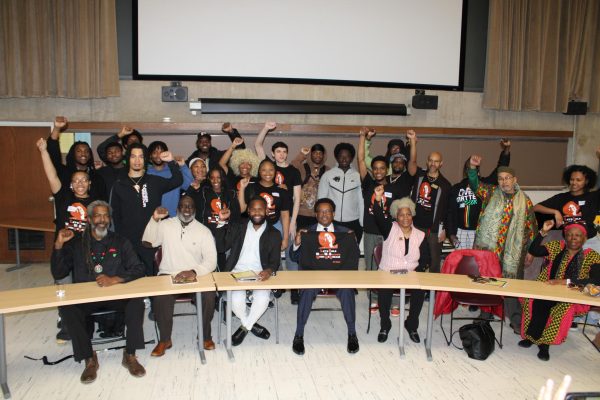“Ender’s Game” adaptation takes plenty of liberties with source material
(Alert! If you haven’t watched “Ender’s Game” and would like to, this column may give away some key plot points. Then again, there is always the book…)
Have you ever watched the film adaptation to your favorite book, only to realize that it’s been chopped and changed to fill a two-hour time gap?
Director Gavin Hood’s rendition of “Ender’s Game” is like a funhouse mirror of Orson Scott Card’s 1985 novel. Watching it, viewers get the gist of the book, but it’s missing much of what a reader experiences.
The main points of the book and novel are the same. “Ender’s Game” is set in a futuristic time in which children, including the protagonist Ender Wiggin, are trained in preparation for a third invasion of an alien species. In order to prepare for another invasion, children are tracked for a certain amount of time and those that show promise in militaristic thinking are chosen to train.
Ender is one of the chosen children, and he leaves his older siblings to train at a military school in space. During the training, Ender and his classmates compete in a series of games in order to determine who will move into commanding ranks. Ender continuously proves himself and he is promoted faster than any of his peers.
Asa Butterfield plays the socially awkward genius, Ender, in the film adaptation. Butterfield fits the description of Ender well. However, his role was softened for the movie rendition, possibly to appeal to viewers.
Directors tend to skim over certain aspects of the plot and skip others completely to create a watchable film. Although many of the differences are subtle, anyone who’s read the book will notice them in a heartbeat.
The most noteworthy change in Hood’s recreation is the dismissal of Peter and Valentine. Although Ender’s siblings do appear in the movie, the secondary storyline following their alter egos, Demosthenes and Locke, is cut out completely. Using their alter egos, Peter and Valentine are able to influence the people of Earth with their own political views, despite their youth.
Although it is understandable that something has to be left out of the movie, this storyline becomes progressively important as the series continues. “Ender’s Game” is the first of 13 novels; therefore, if filmmakers continue to adapt the series, they will have to find a way to inform audiences of this secondary plot.
Another noticeable change in the movie is the radical change in the time line. In the beginning of the novel, Ender is six and he gets progressively older throughout the book, up to adulthood. However, in the movie rendition Ender is introduced at age 12. Hood speeds up the battle for humanity so the characters can remain the same age throughout the movie.
This change was necessary in order to prevent a change of actors throughout the movie. Audiences tend to detach from a movie when characters change ages and actors in the midst of the film.
The relationships between characters are also different due to the lack of time needed for them to develop. The end of the movie is far less monumental because Ender’s sister originally escapes with him to space. However, since she is not a major part of the movie, it wouldn’t make sense for her to be in the ending.
Overall, the movie was a generous replica of the book. The special effects and the setting were up to par with what readers may have envisioned. Although a movie can almost never do justice to a book fully, “Ender’s Game” got the main points across with style.
Email: [email protected]








